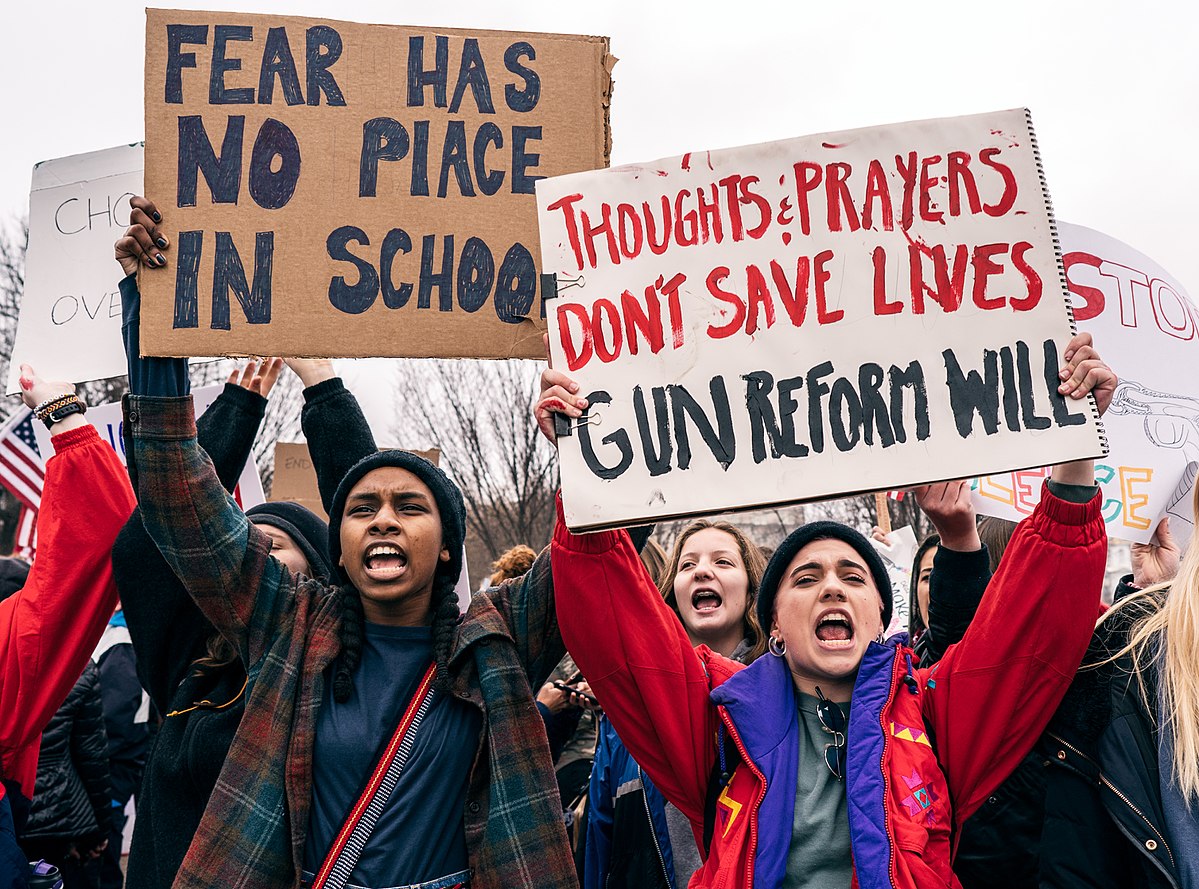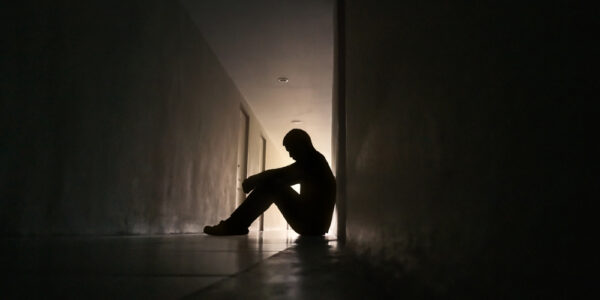Gun violence is sadly a way of life in America, and it’s especially dangerous for children’s mental health. Exposure to gun violence, whether as victims, witnesses, or through the loss of a loved one, has lasting psychological effects far beyond the initial event. Growing up in a culture so heavily ingrained with gun violence puts children at high risk for anxiety, depression, and PTSD as they age.
Repeated gun violence
Exposure to gun violence for children has a dose-response effect: More episodes of violence lead to worse outcomes overall. Although exposure to single events of gun violence can be damaging, children have a decent chance at recovering well. That’s if they are in a stable, supportive environment and have access to mental healthcare.
However, when gun violence is a regular occurrence, that puts children at higher and higher risk for a number of long term problems. Children who experience such high levels of gun violence are at high risk of developing PTSD as adults, especially if the violence is repeated. This comes from what one researcher famously called the “war-zone mentality”.
War-zone mentality
The “war-zone mentality” refers to people who grew up in areas where shootings happened commonly. The terminology is not an exaggeration, either. A majority of children in these neighborhoods witness gun violence at an early age. Kids grow up accepting this kind of regular gun violence as normal. This situation causes them to feel like they are on perpetual high alert, always wary of what might come next. Their exposure to this is similar to those kids in active war zones in other parts of the world.
In the U.S., parts of our own country are turning into what feels like war zones for the people who live there. Just in the past ten years, firearm deaths in children have more than doubled, with far more dying from assault than suicide. The areas worst hit are usually low income, urban environments. Black and Hispanic children are at highest risk. Black children die from gun violence 4 times more than average. Additionally, boys were at 4-5 higher risk than girls.
Sources of gun violence
Gun violence comes in many shapes and sizes, all terrifying in their own ways. Mass shootings, especially that happen in schools, can be the most disturbing type for children and adolescents. Even though these account for small percentage of all gun violence, associating school so strongly with gun violence is very damaging. That active shooter drills are a fact of life in every school is a grim, daily reminder to kids of that slim but horrifying danger.
Community gun violence is another major point of stress for children. This is the kind of violence children would experience near their homes in the neighborhoods in which they spend time. It includes murders, non-fatal shootings, assaults with firearms, and the use of guns in other crimes like robberies. In urban areas, much of this violence can be gangs, and young people may feel pressured to join gangs for protection or a sense of belonging. Community gun violence becomes a chronic issue in certain neighborhoods, with residents regularly exposed to gunfire. This plays a big role in the “war-zone mentality” we mentioned earlier.
Lastly, gun violence can infect the places and situations where people should expect to feel safe. One of the biggest betrayals is the level of police brutality that many Americans are subject to. Police consistently kill over 1,000 people a year. This erodes trust within communities, leading to social isolation and a breakdown in community cohesion. Even inside our homes themselves, gun violence is still a threat. Handgun owners are many times more likely to die from firearm suicide than people who don’t own guns. Gun ownership also makes domestic violence more deadly. Women are 5 times more likely to die from intimate partner violence when the abuser is a gun owner.
Gun violence effects on children
The ever-presence of guns and gun violence in so many areas of life is poison for children’s mental health. Continuous exposure to violence has severe psychological effects on kids as they grow up, leading to conditions such as PTSD, depression, and anxiety.
PTSD
Children who experience gun violence are at high risk of developing PTSD. The trauma of witnessing or being involved in a shooting can overwhelm their ability to cope, leading to symptoms like flashbacks, nightmares, and severe anxiety. These symptoms disrupt normal development and affect relationships, school and work performance, and overall quality of life.
Anxiety and depression
Along with PTSD comes a persistent anxiety that chronic gun violence instills in children. It leads people to live in a constant state of fear and hypervigilance. They startle easily and have difficulty relaxing or feeling safe. Many people develop social anxiety, especially fearing public spaces. Kids can also experience symptoms of depression, including sadness, hopelessness, difficulty experiencing pleasure, and thoughts of death or suicide.
Behavior issues
Pent up emotions come out in a variety of negative ways for kids as they grow up. Aggression and anger can lead them to act out in school and get involved in fights. This is a way of expressing the fear and helplessness children feel from witnessing gun violence. Kids also struggle with their classwork, having frequently developed memory and attention problems. They have trouble focusing in class and may start skipping school altogether. Many kids even drop out. These kids are also at risk for social withdrawal. Kids who have experienced gun violence isolate themselves and have difficulty forming close relationships. This impairs their ability to form healthy relationships as adults.
Where to go
Sadly, the level of gun violence that children in America experience does not seem like it will go down any time soon. However, parents, teachers, and other care takers can help ease the pain of this trauma. The central key to this is a stable environment, where kids can find the emotional support they need after harrowing experiences. This involves early intervention and therapy. These are crucial to tempering negative long-term effects and helping them build resilience and a sense of safety as they grow into adulthood.

 Learn
Learn Read Stories
Read Stories Get News
Get News Find Help
Find Help
 Share
Share
 Share
Share
 Share
Share
 Share
Share



